We offer dried wicker/willow, as far as possible certified organic and sometimes Demeter, for use in herbal teas in organic and biodynamic agriculture & viticulture.
Wicker or willow
Wicker, made from young willow shoots that are pruned every year (which forms a willow head), has a high concentration of salicylic acid, similar to that of the meadowsweet. Often planted at the edge of plots to dry out wetlands or along waterways, the willow also acts as a phytomediation agent, decontaminating soils contaminated by cadmium, chromium, lead, zinc and mercury (attention to picking areas).
Several types of willows (Salix viminalis, Salix rubra, Salix purpurea, etc...) share these properties. The optimal harvest is in spring (February to April, before the leaves grow). The harvested stems are then dried and then cut into pieces using a grinder or a hatchet.
Use of wicker in viticulture
Thanks to its high concentration of salicylic acid, wicker plays a crucial role in stimulating the natural defenses of plants. Indeed, this acid, precursor of aspirin, also acts as a phytohormone, participating in the defense metabolism of plants against pathogens.
Wicker infusion is useful in viticulture for prevent downy mildew, and it also seems effective against powdery mildew and botrytis. However, for optimal protection, it is recommended to combine it with products based on copper and sulfur, which makes it possible to reduce the usual doses of these phytosanitary products.
According to François Bouchet, pioneer in the introduction of willow into herbal medicine, willow infusion acts similarly to wicker in its natural environment. It helps regulate the humidity of plants, thus making them less sensitive to various attacks.
Recommended dosage and preparation advice
Between 100 g/ha and 200 g/ha of dry wicker, chopped or crushed, are recommended.
For an optimal wicker infusion, it is crucial to ensure not to exceed 80°C, because beyond that, the salicylic acid risks being destroyed, thus leading to the loss of a large part of the benefits of this preparation. Start by heating rainwater or non-chlorinated water until it reaches around 75°C, then remove the heat source and add the fragmented wicker. Leave to infuse for a time varying between 30 minutes and several hours. Once the infusion is finished, carry out filtration and dilute the liquid obtained in the volume of water intended to be spread over one hectare of cultivation.
Wicker infusion is often used in complement of copper and sulfur, which makes it possible to limit the doses of these products while maintaining effective crop protection.

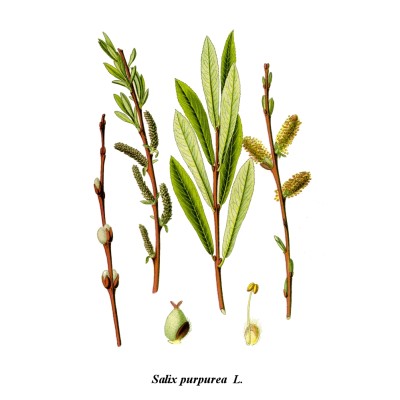




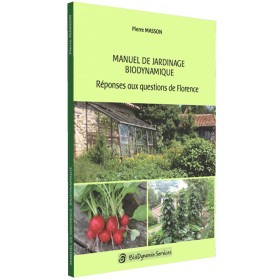
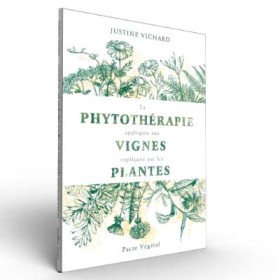
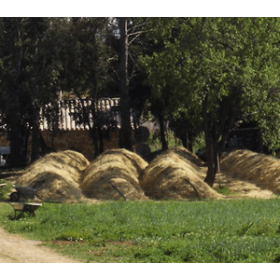

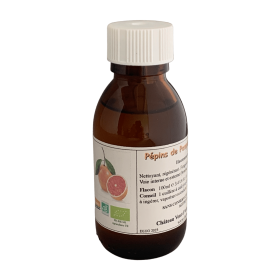
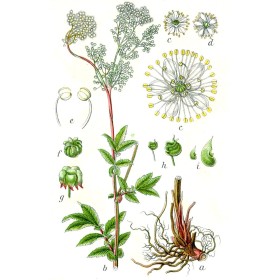
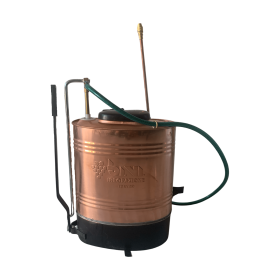
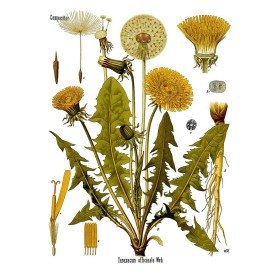
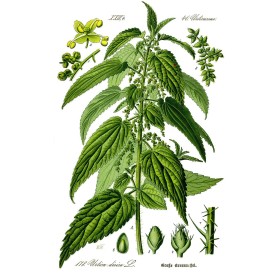
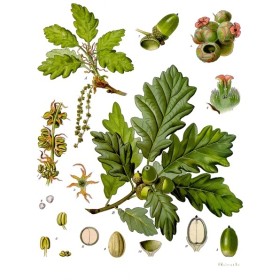
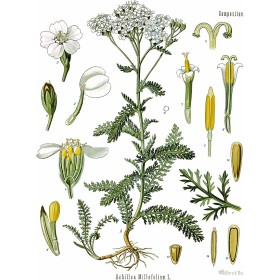
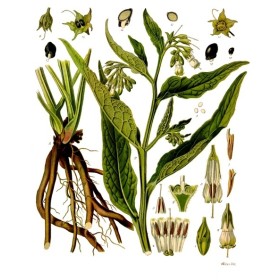
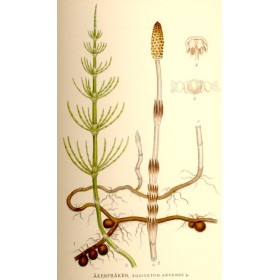
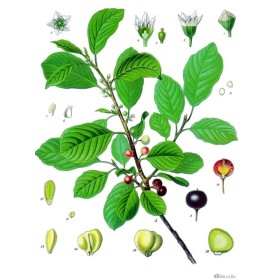
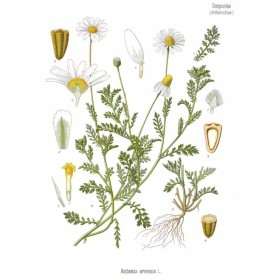
feedback Report comment